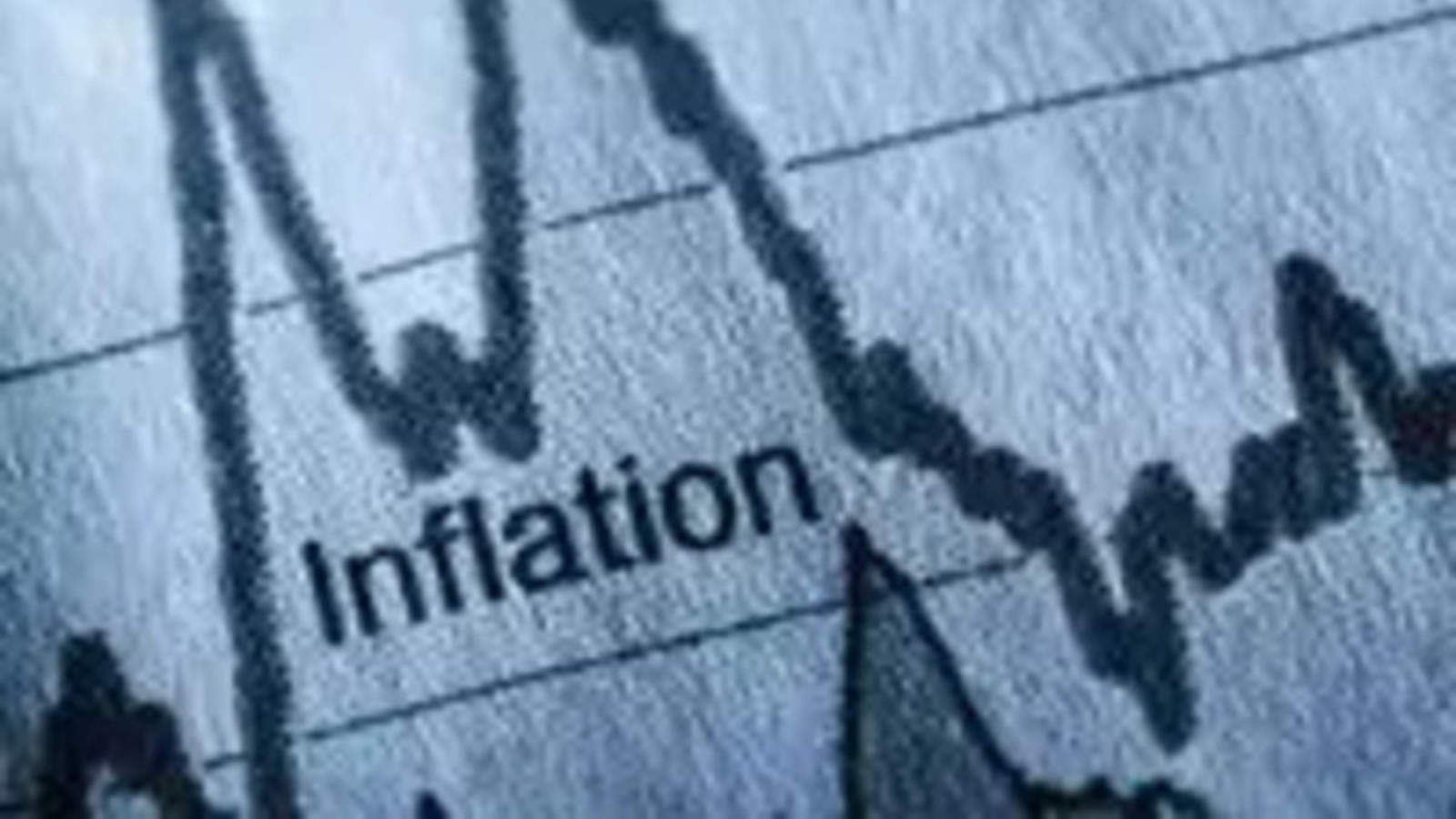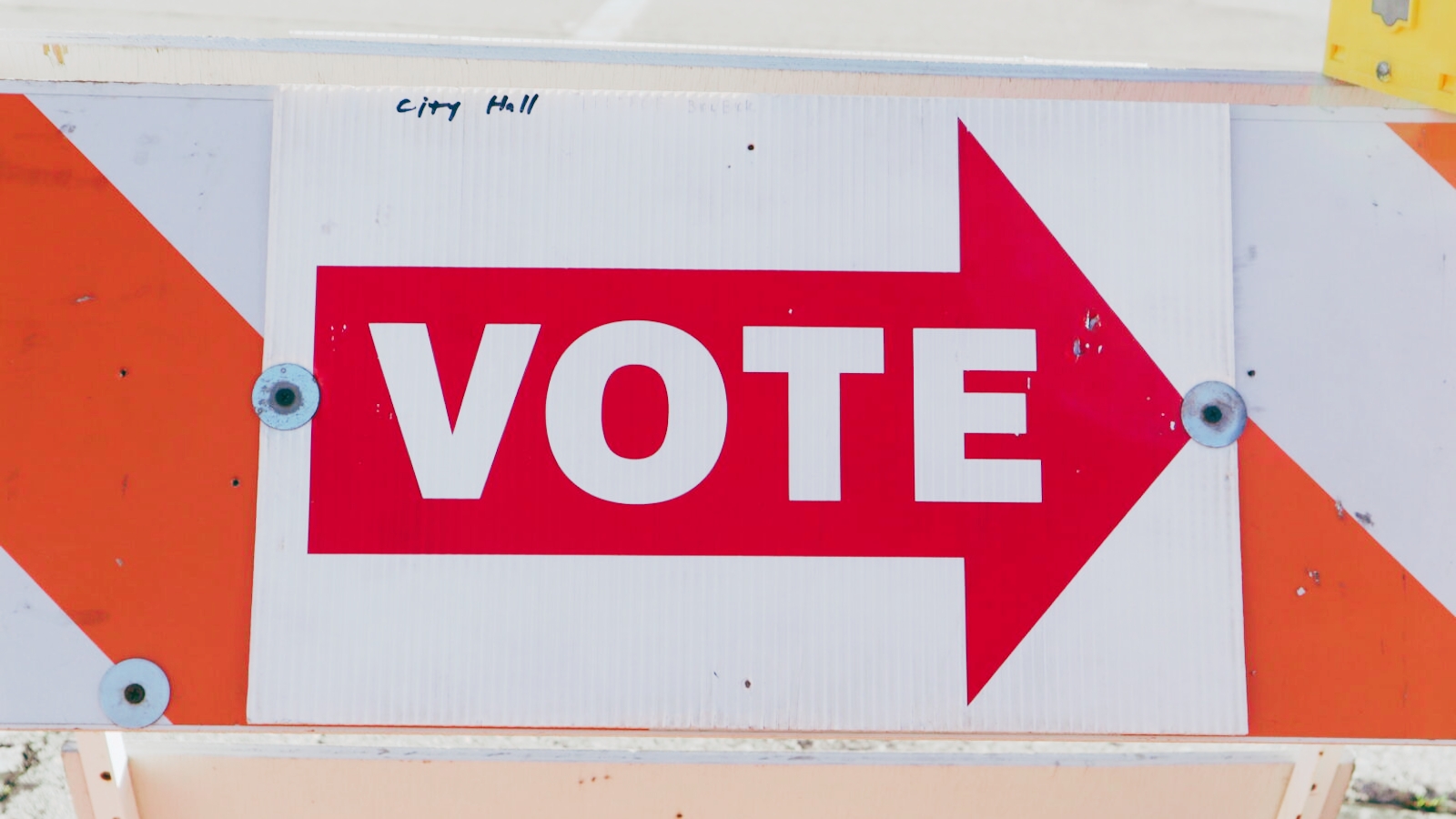
How to Cope with Inflation (Just Don’t Mention the Fed!)
Billionaires—where would we be without them?
From cars to computer technology to chemotherapy, the relentless production of the capitalist class has undoubtedly been a material bonanza for society. Just imagine the kind of desolate, man-eat-man world we’d live in if not for the largesse of monocled high hats. Why, in our dematerialized condition, we wouldn’t be able to argue over Facebook on an iPhone while having extreme doses of radiation beamed into our body to vaporize cancer cells.
The horror: no health, nor wealth!
Post-capitalist cracking aside, noblesse oblige has indeed rained prosperity upon us littles to the overstuffed point that would make monarchs envious. But it’s done little to improve the neurons zigging around the balding, ruddy heads of deep-pocketed elites. The top 1% can’t seem to upgrade the metal content in their ears, settling for tin over silver.
Take former Gotham Mayor Mike Bloomberg, and his titular financial-news publication. In his limitless passion for enlightening the impecunious masses, Bloomberg’s opinion editor published a piece detailing exactly why inflation is a bummer to the lowest of the lowly class, e.g. anyone who earns less than five times the national salary average.
In “Inflation Stings Most If You Earn Less Than $300K. Here’s How to Deal,” econ prof Teresa Ghilarducci blesses us blinkered, innumerate wastrels with some direly needed advice on how not to enter Chapter 7 while bread prices outpace the cost of a Model Y Tesla. We should be so grateful for this dispensed wisdom. Because even though inflation saps the national currency of its value for everyone, it hurts the poor slobs who don’t regularly cash a handsome Goldman Sachs check the most.
Which, if our Google Analytics’ demo data is up to date, includes you and me, averagely compensated reader.
“If your income is more than $289,000 a year, the run-up in gas prices may be alarming—but it’s unlikely to hammer your overall finances,” Ghilarducci informs us. It turns out—stop me if you didn’t know this—the more money you have, the easier time you have swallowing unforeseen costs. Brilliant! The New School has a pedagogical bargain on its hands with Dr. Ghilarducci on staff!
The sapience keeps decanting from our dollar don. “For those earning much less, it’s a different story,” she continues before chucking out more stats. “Those at the median, with income of about $50,000, spend more than 3% of it on gas and motor oil. Low-income households making between $7,000 and $19,000 spend about 9%.”
Meanwhile, those fat cats who pocket around a half-mil or more p.a. devote a pitiful 1% to petrol. These statistics are supposed to show that the average American is feeling the crunch of high gas prices. That may be news to Warren Buffet, but it’s hardly a breaking scoop for those of us lacking a Cayman Islands bank account.
But not to worry, dear, penniless citizen! Dr. Ghilarducci has a few financial tips that will help you weather this inflationary rough patch. And given her Berkley doctorate, we can only expect practical advice for the everyday cash-strapped consumer. So please, prof. Ghilarducci, enlighten us with your scrimping shortcuts! Don’t skip on the Micawber!
The frugal doc first recommends opting for public transport over driving, which, in most locales outside major cities, is a non-starter. She also recommends selling your car, due to the booming used-car market. That the price of used autos is shooting up is a result of the same factors kicking gas prices to the thermosphere doesn’t seem to compute in Dr. Ghilarducci’s head. She also recommends going veggy, trading the protein of cattle for the nourishment of lentils. That may fly for cow-worshippers in New Delhi, but not in Middleville, America, where McDonald’s and Burger King share a shopping center parking lot with Wendy’s.
Dr. Ghilarducci really earns her empiricist credentials by lastly suggesting you let your pet pooch die rather than fork over a thousand buckaroos for doggy surgery. No, seriously: “If you’re one of the many Americans who became a new pet owner during the pandemic, you might want to rethink those costly pet medical needs.”
If we’re talking real cents, wouldn’t it just be cheaper to Old Yeller your doggo instead of buying an industrial bag of kibble every week?
All these skinflinting tips can be summed up with one easy (and free!) maxim: don’t spend so much money you don’t have. But such a bland précis would put the multi-million-dollar finance self-help publishing industry out of business. So we’re subject to insipid pleas to “periodically check your checking account” and other such diligences.
What’s missing from Dr. Ghilarducci’s wholly unhelpful penny-pinch guide is an actual solution to the problem.
Inflation deflates your cash cushion to be sure. But buying generic Fruity Os instead of Fruit Loops is a faut de mieux fix for climbing prices. The actual problem is continual dollar debasement. Sure, the Russians’ mad attempt to plant its tricolor flag in Kyiv is disrupting oil supply. But commodity prices have been on the ups since that nasty little China cough hit our shores and assaulted our lungs. That’s about the time the Federal Reserve made its mass monetary pumping in 2008 look like saliva dribble compared to the torrent of sea-green it unleashed. Since the pandemic began two years ago, the Fed’s balance sheet has ballooned from about five-trillion dollars to almost nine-trillion dollars—a near doubling.
The extreme uncertainty caused by months-long lockdowns kept a lot of cash at bay. But with COVID receding, masks coming off, and a handful of trillion-dollar stimulus bills passed, penned, and un-pent up, the spending binge has begun.
That’s an easy explanation deployed by mainstream economists like Dr. Ghilarducci. But it only addresses secondary effects. The real locus of inflation lies in the central bank—the authorized creator of dollars. Congress can’t spend what the big brains in the Eccles Building don’t first create.
Ludwig von Mises once explained why new money creation first floods the stock market before bidding up commodity prices:
The money soon flows into commodity prices—hence the $50 tab you run up at your local Exxon. All those 401(k) serotonin boosts that got you through the COVID shortages are finally cashing in. And if you didn’t know why the Dow Jones has been hitting record highs every week for the past two or so years, now you do.
A history lesson on Jekyll Island, the Bretton Woods agreement, the New York Fed’s primary dealers, and Carl Menger’s monetary theories is beyond the scope of a simple inflation-cope column. But Ghilarducci, being a financial scholar in all, could at least name the primal cause of price hikes. She does a disservice to readers in not giving fair warning as to the real inflation remedy.
Sing it with me: 🎶 where have you gone, Paul Volcker? Our nation turns its lonely eyes to you. 🎶
Oh, right. You know, freeze-dried quinoa can taste pretty good with some taco seasoning and Sriracha. It’s no tenderloin, but just be thankful the greenback hasn’t been Venezuela-ed to the point of looking like a better source of fiber than a currency.
Hmmm… ribbony… and losing flavor by the minute.
Free the People publishes opinion-based articles from contributing writers. The opinions and ideas expressed do not always reflect the opinions and ideas that Free the People endorses. We believe in free speech, and in providing a platform for open dialogue. Feel free to leave a comment.




TJ Kattermann
9 Trillion dollars is the Federal Reserve official “on the books” amount. Glenn Beck believes the “off the books” amount to be 1.6 Trillion A WEEK.
https://www.theblaze.com/shows/the-glenn-beck-program/glenn-beck-federal-reserve#toggle-gdpr